0700
Chief Resident Doc:
Well, aren't you going to hook up the Vigileo?
Me: What would be
his indication for a Vigileo?
Doc: To see his
preload since his intravascular space might be dry.
Me: Do you mean to
see the stroke volume variance? (It's a predictor of fluid volume
responsiveness in patients who are mechanically ventilated and not in
a significant dysrhythmia)
Doc: Yes.
Me: But he's not
intubated so the number is pretty much obsolete.
Doc: Yeah but it's
still good to see it.
Me: Okay. If you
want me to hook it up, no problem. Are you going to do an ultrasound
to see his IVC?
Doc: Probably not.
Me: Okay.
I spend 20
minutes getting the equipment set up, calibrated, and functioning
while trying to figure out how to make a positional arterial line
provide a good waveform.
0900
ROUNDS
Attending:
What's his fluid volume status?
Me:
He's up 5 liters since yesterday but clinically looks very dry. He's
tachycardic, systolic BP is running about 15 points below his
baseline, and when he stands up his heart rate jumps by over 30
points and puts him into SVT accompanied by nausea and dizziness. Urine output last night was marginal and concentrated. I
think his insensible loss during surgery yesterday evening might have been greater than
estimated.
Attending:
Why are we using a vigileo?
Me:
The chief resident requested it to observe the SVV.
Attending:
Did you know that we can't use those numbers because we're not
controlling his tidal volumes?
Me:
Yes.
Attending:
You can unhook it. You can take out the arterial line, too. We're
going to do an ultrasound (US) to view his IVC filling.
Me:
Okay, will do.
1100-1300
LATER,
AFTER US DETERMINES THE PATIENT IS MOST LIKELY DEHYDRATED
PA:
Can you hook up the Cheetah?
Me:
Yes. Why does he need the Cheetah?
PA:
We want to see his SVI.
Me:
I haven't unhooked the Vigileo yet, you can see it on that.
PA:
Yes, but it's different.
Me:
How is it different?
PA:
It's calculated differently.
Me:
(internal sigh) All
right. I'll hook up the Cheetah.
PA:
We're going to do a fluid volume challenge to see his responsiveness.
Me:
Didn't you already determine that he was dehydrated using the US?
PA:
Yes, but this is more accurate.
Me:
More accurate than the ultrasound?
PA:
Yes.
Me:
Okay.
I spend another
20 minutes finding the machine, including all the wiring that never
seems to be with it, and attaching it to the patient. The numbers are
literally exactly the same as the Vigileo and correlate with postural
changes of the patient (meaning when I raise his legs, his SVI
significantly increases in both machines). PA does the same test
without following the official bolus test protocol of the Cheetah's programming.
1300
PA:
Let's give him some fluid. I think he's dry.
Me:
I just nod.






































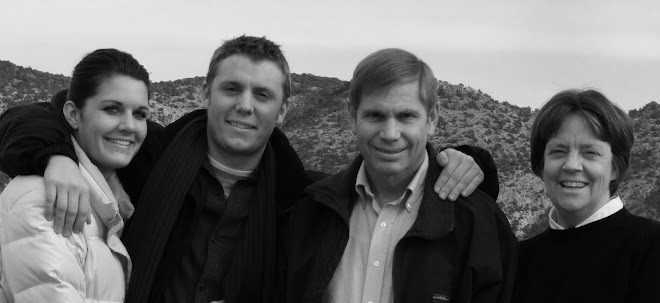









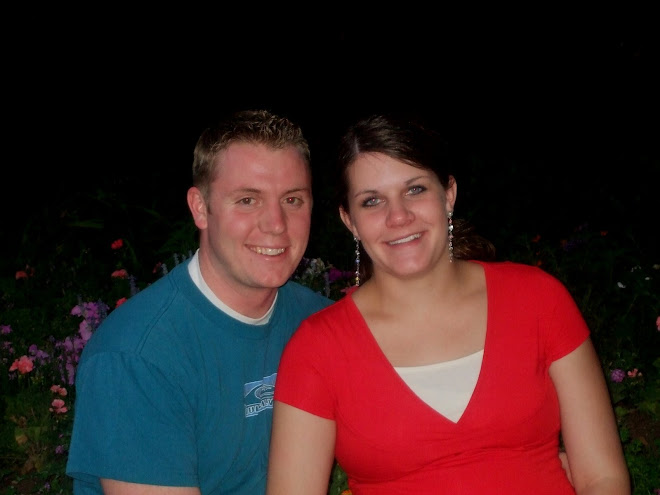



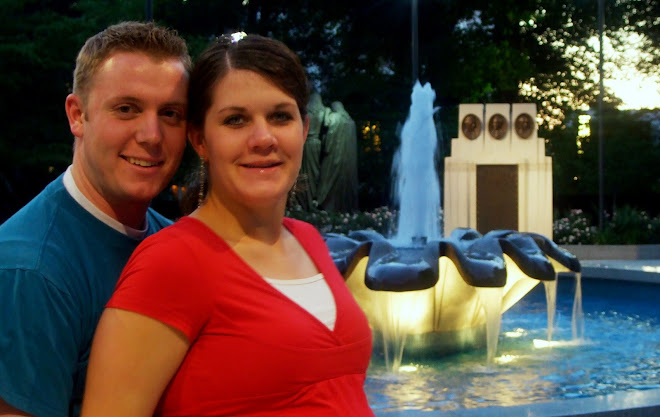
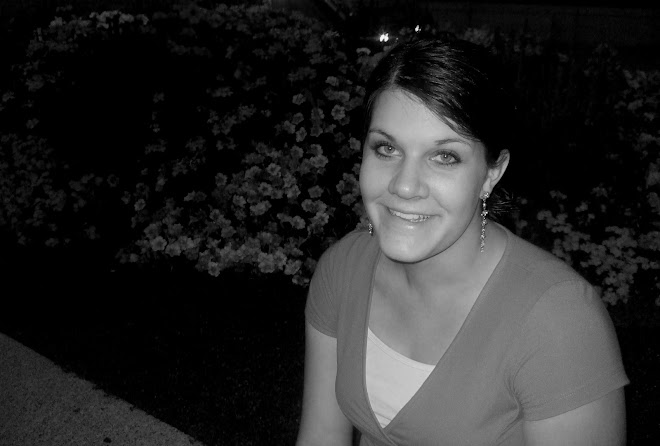





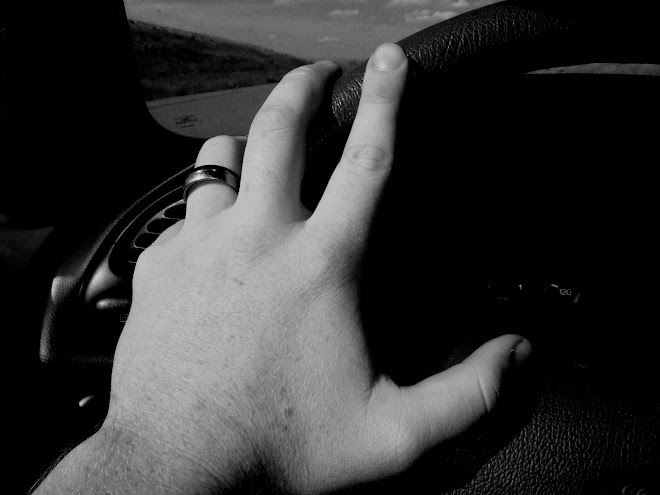






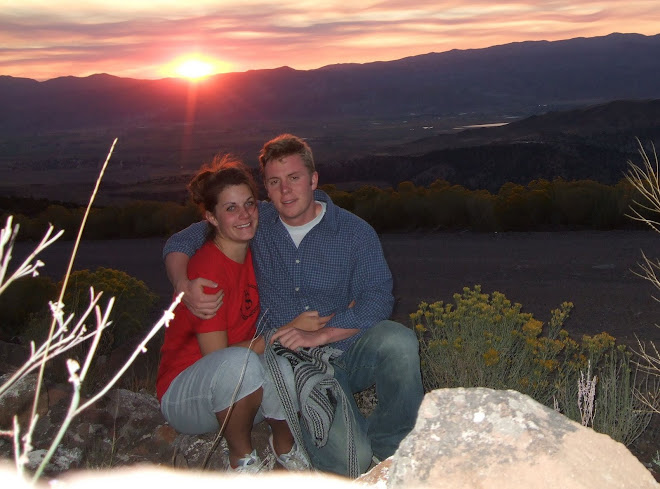







1 comment:
I like the new title of the blog post! :)
Whenever I'm at the hospital, I always wonder why I even need to see a doctor when the nurses know exactly what the problem is and how to fix it right away! :) I'm glad you are one of those nurses!!
Post a Comment